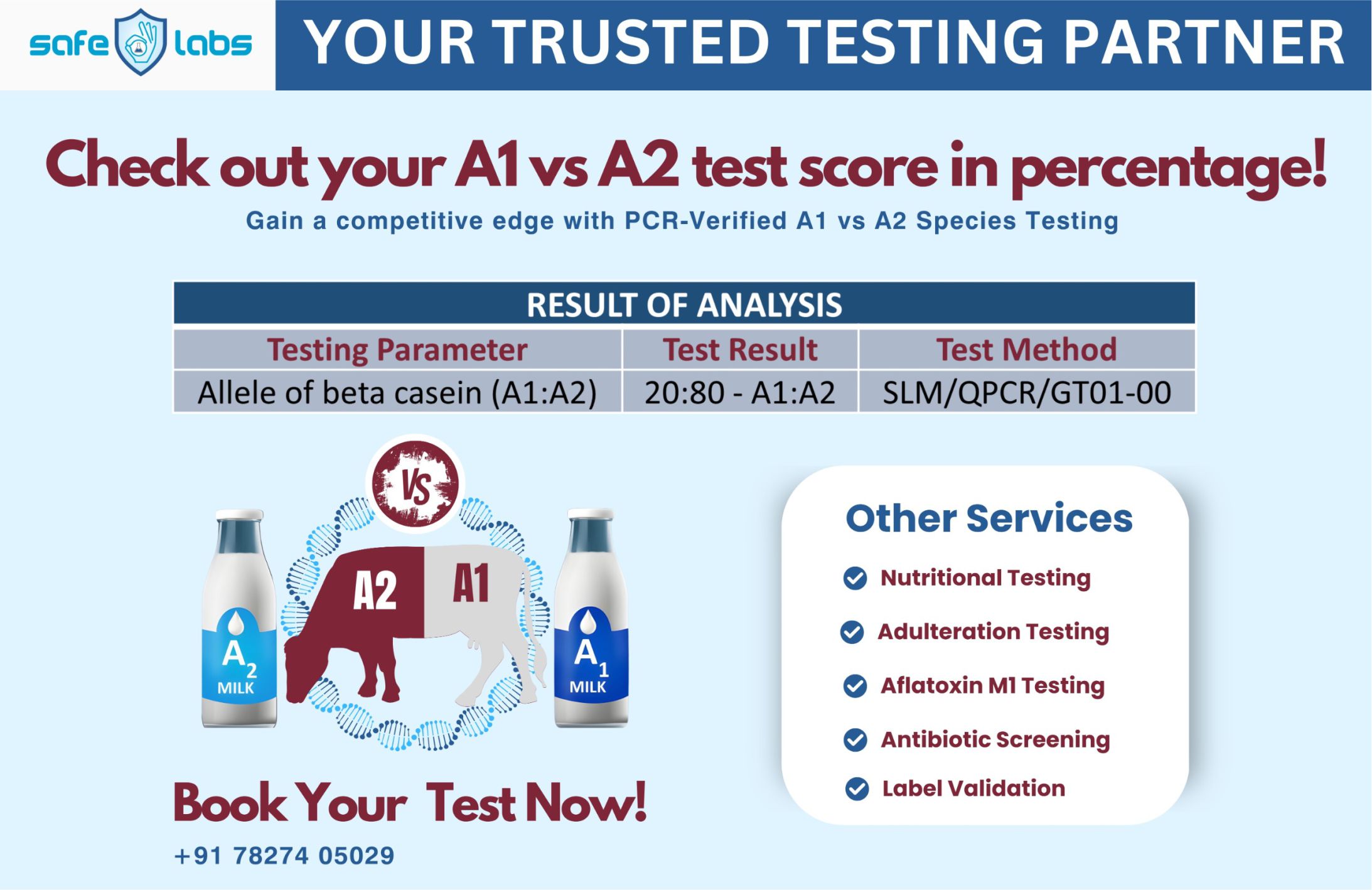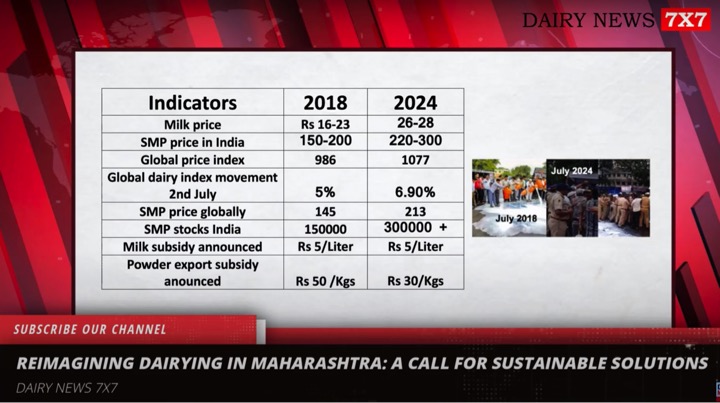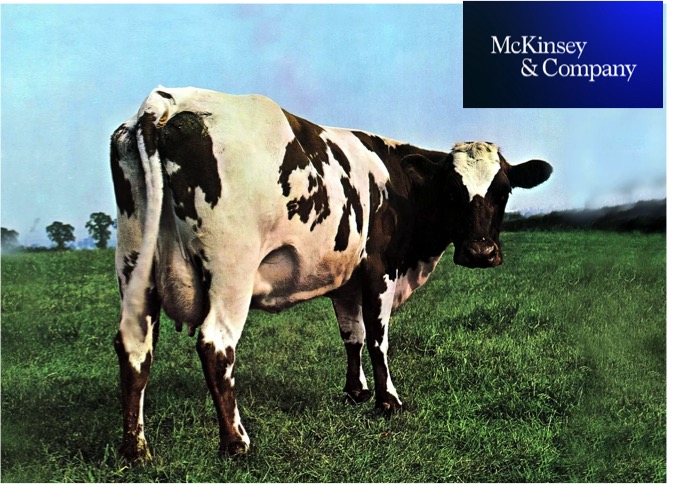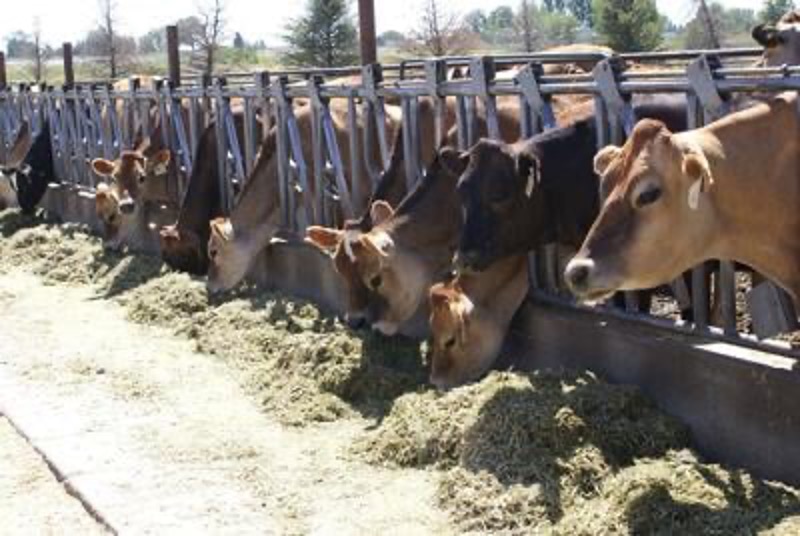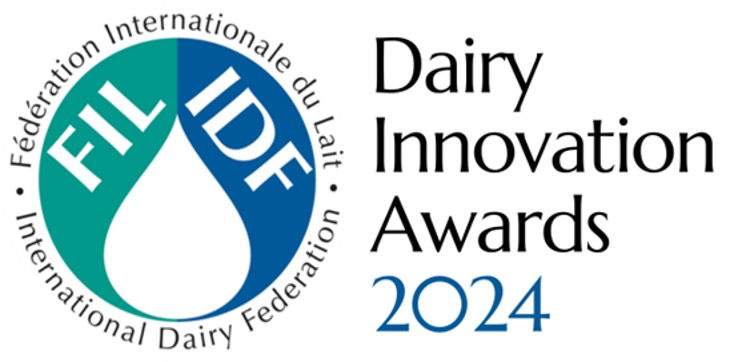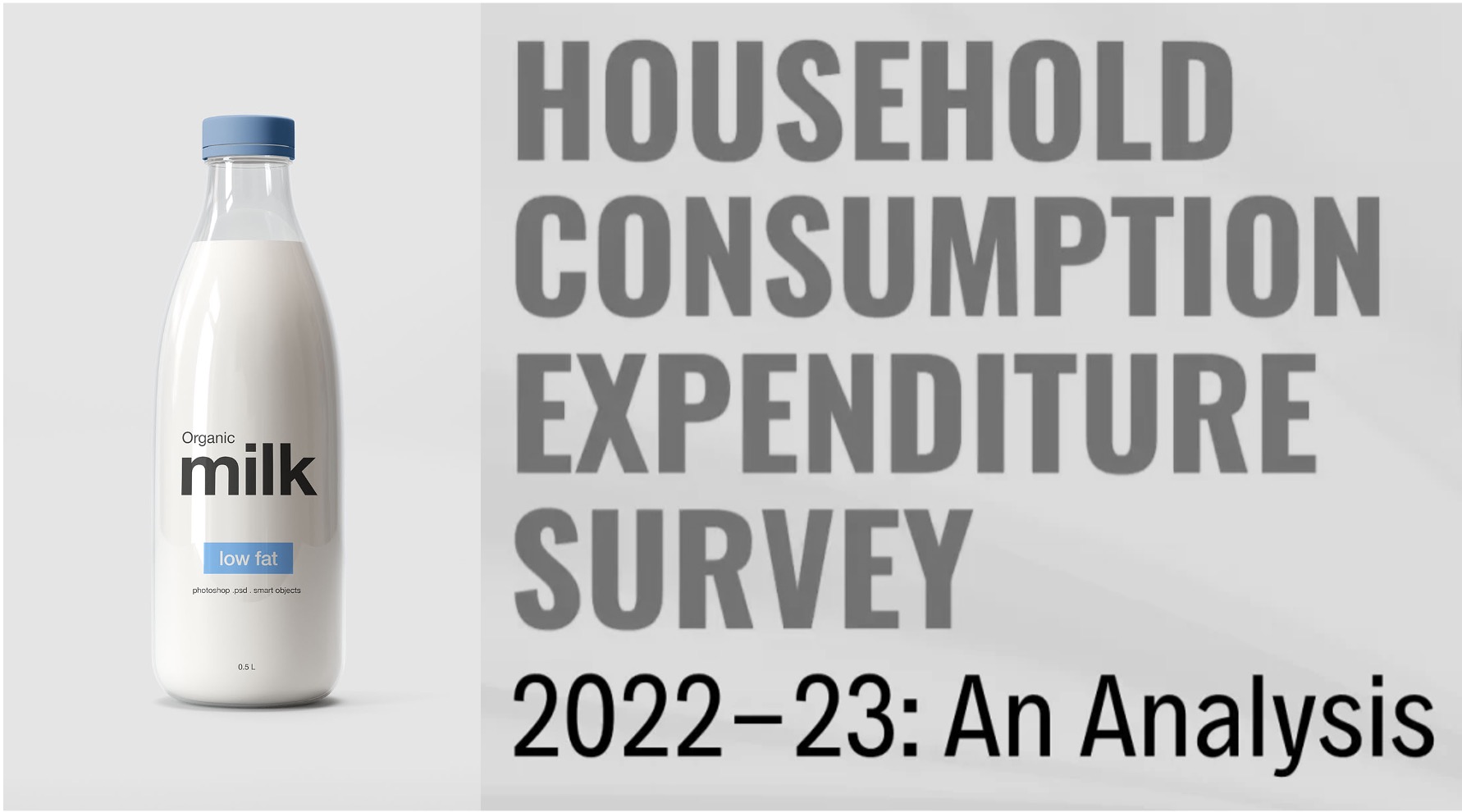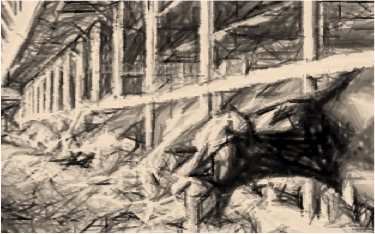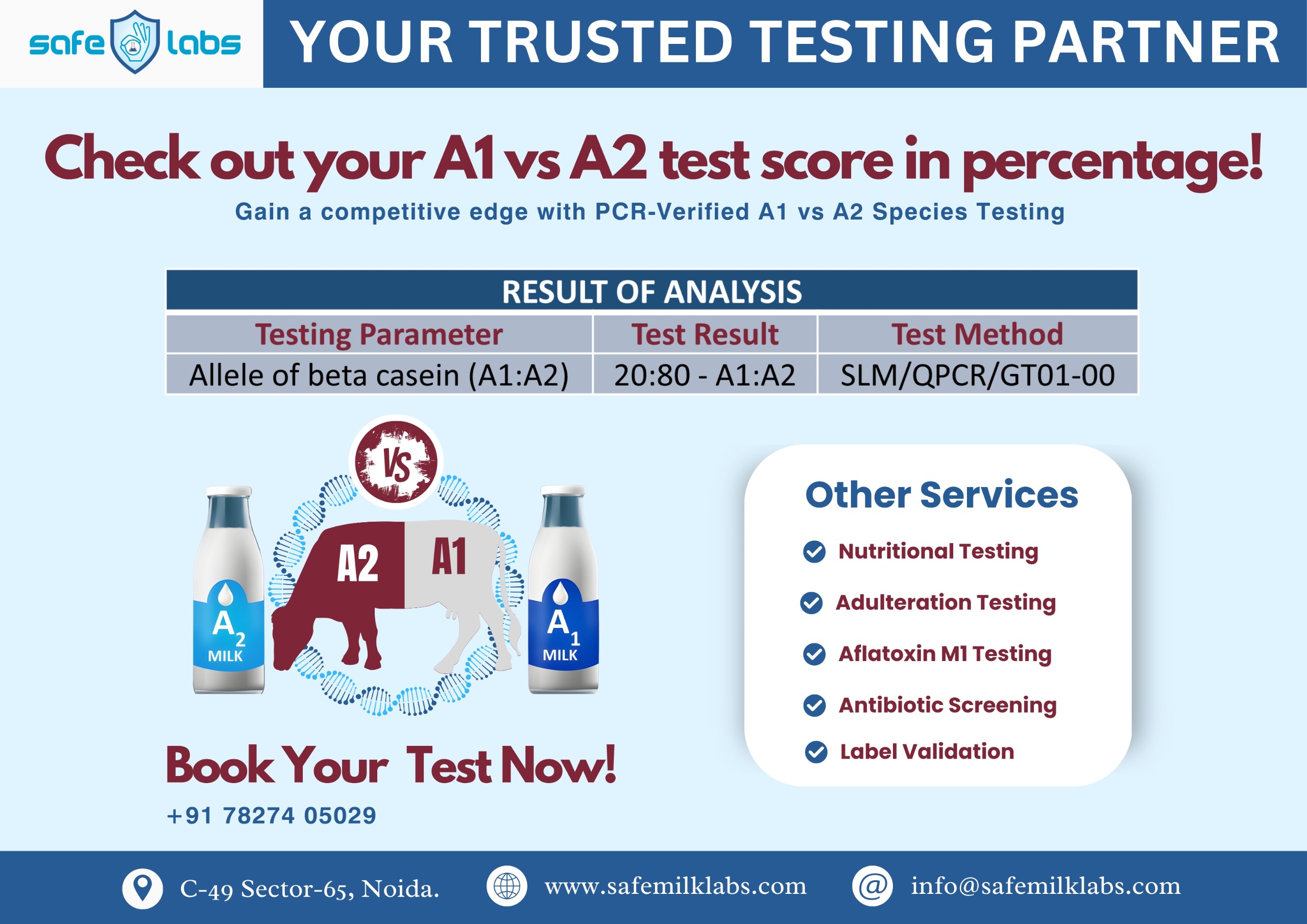The spoilage of milk, set off by changes in its pH, contributes to wastage of billions of litres the world over, while a cost-effective spoilage tracker for household settings remains elusive.
The use-by date on the milk sachets, a standard indicator, is not always effective in real-time assessment of the milk’s freshness.
Two researchers at Christ (Deemed to be University), Bengaluru, have put together findings from existing research on pH-responsive tracking methods, with hibiscus flowers and an android application, to develop an easy-to-use indicator that visually monitors the freshness of milk.
The researchers — Chaithra K P and Vinod T P — rub-coated hibiscus flower petals on paper, which was then used to sample the milk (fresh, packaged and powdered) droplets on. The change in colour of the paper treated with milk, from green to purple to pink, indicated the nature of the samples — fresh, spoiling, and spoiled, respectively.
The pH of fresh milk is estimated at 6.5 to 6.7, which decreases with spoilage. Milk samples adjusted with lactic acid to attain different pH levels (6.68, 6.5, 6.0, 5.5, 5.0 and 4.4) were added to the indicator to confirm distinction among fresh, spoiling and spoiled milk. A real-time sampling of spoilage was also done with milk that was stored in refrigerators and kept at room temperature, for different durations.
After the sampling, the researchers photographed the colour changes, and using an android app, Color Grab, analysed their RGB (red, green and blue) indices. They used the red chromatic shift to quantify these changes, with greater proximity to red indicating higher acidity (and lower pH).
Tracing colour changes
Vinod, Associate Professor, Department of Chemistry at Christ, said the science — involving the use of halochromic materials that change colour in response to varying pH levels — is known but what is new is the advantage of naked-eye analysis and the sensor’s applicability in resource-limited settings.
‘The anthocyanins (plant pigments) present in hibiscus form the basis of this sensor. It could be a low-cost alternative for real-time monitoring of milk freshness. The expiration date on the milk packets is not always accurate and is applicable only to milk when contained in the packets,’ Vinod told DH.
That the indicator does not require an extraction of anthocyanins from natural products or laboratory expertise, and works with easily available materials makes this an ideal starting point for wider research on food quality monitoring, according to the researchers.
Vinod said the scope of the indicator could significantly increase with a mobile app that directly computes and displays freshness of the milk. ‘In its present form, the indicator takes a few minutes to finish the evaluation,’ he said.
The researchers have also pitched the indicator for potential expansion to quality checks on other foods. Their findings were recently featured in the peer-reviewed journal ChemistrySelect, published on behalf of Chemistry Europe, an association of chemical societies from 15 European countries.





